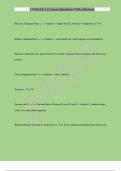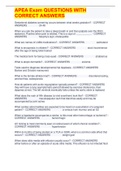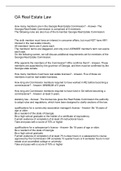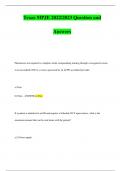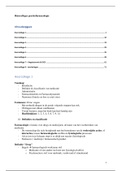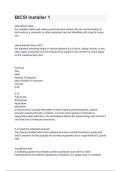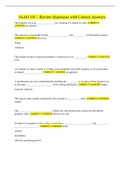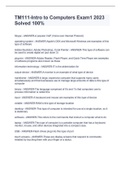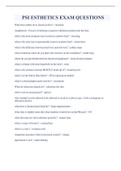Exam (elaborations)
COMSAE 111 Exam Questions With Solutions
- Course
- Institution
COMSAE 111 Exam Questions With Solutions Pancreas Chapman Point Anterior = Right 7th ICS; Posterior = Right btwn T7-T8 Kidney Chapman Point Anterior: 1 inch lateral and 1 inch superior to the umbilicus Posterior: Intertransverse space between T12 and L1 midway between spinous and transverse pr...
[Show more]
